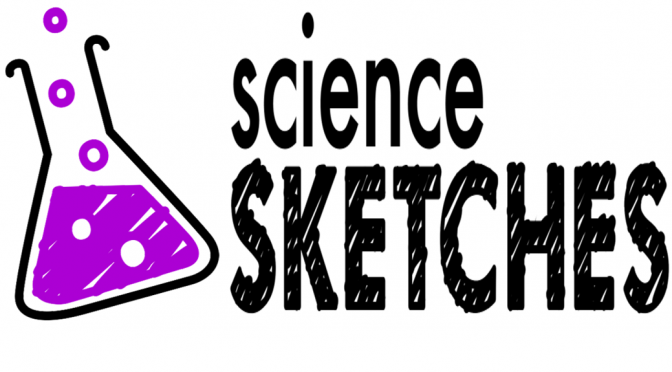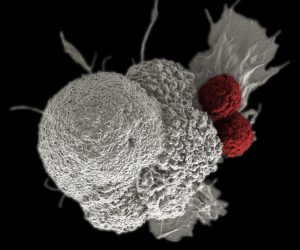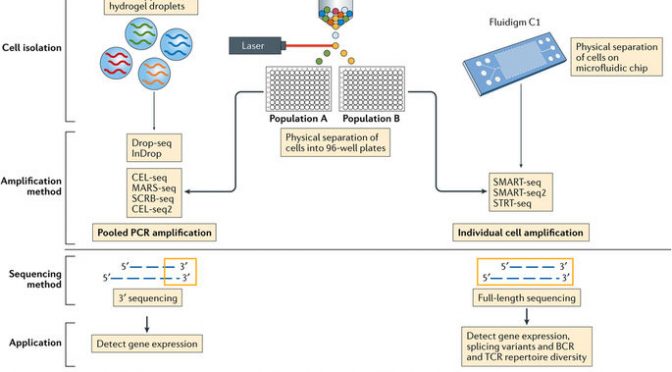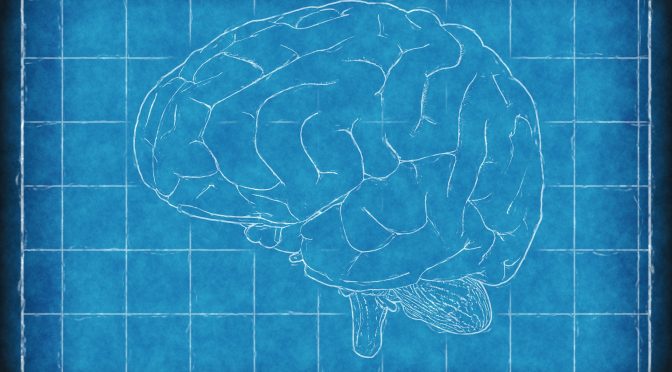Very recently I found myself in a revelationary conversation with a non-scientific colleague as we were planning our annual exhibition for the Maine Science Festival. We needed a display that would highlight the molecular biology work we do at MMCRI that would be exciting and comprehensible to a broad audience plus a related hands-on activity that could be completed in just a few minutes. Pulling from the expertise of the folks attending the festival, I proposed that we have a display on our use of 3D silk scaffolds in modeling cancer. One of the hallmarks of the cancer cells compared to healthy cells is reduced lipid content, so the hands-on activity could be a demonstration of dye solubility with the explanation that this is how we measure lipid content in our cell populations.
Well, about halfway into the conversation I found that I had completely failed to convey A. the link between the silk scaffold models and the hands-on activity and B. the importance of dye solubility in highlighting specific structures and substances. Fortunately, my colleague asked me to take several steps back and was able to ask very specific questions such that I was able to reform my explanation for her. In the end, my idea was passed along, but the episode highlighted to me that despite all the opportunities I have to explain my science to both scientific and lay audiences I still need lots more practice.
This past summer at MMCRI we had an excellent opportunity to think in great depth about how to present our work in a concise and comprehensible manner: we produced Science Sketches! A Science Sketch is a two-minute or less video summary of a scientific topic. I have seen examples of more universal basic scientific principles as well as very specific projects.
All sketches start as an idea or concept that the writer wants to convey to their audience. The writer must decide who their audience will be, as this will dictate the vocabulary and the level of explanation that needs to be employed. Science Sketches has a great tutorial to help writers as they get started telling their stories. They recommend a 300-word script with no jargon that has been proofread by several colleagues and assessed using online tools that highlight terms above a given reading level. With a complete script, you can start putting together a storyboard that illustrates every sentence.
The sketches generally utilize pen and ink drawing on copy paper or white board, but they can also employ cut paper shapes, building blocks, or other props to illustrate an idea. They can be made very rapidly and at very little expense as they are often filmed using a cell-phone camera mounted on a ring stand. The writer films him or herself drawing or moving paper cut outs, records his or her script, then uses video editing software to compress the video and match it to the audio. The writer can take as long as he or she likes drawing the images as they can be sped up to whatever speed is necessary using the editing software.
Video summaries of scientific concepts have been around for a long time, and I am particularly fond of this trippy vintage recording of translation, but organizing an approachable tutorial that anyone can carry out is a novel model. Science Sketches arose at the Max Plank Institute of Molecular Cell Biology and Genetics in Dresden Germany as a collaboration between the institute’s postdoc program manager, Lisa Dennison, PhD, and the Hyman lab. More recently, Science Sketches has focused on improving their public engagement, so Liam Holt, PhD of NYU, became involved and helped them develop their science fundamentals video series.
I found this summer’s workshop challenging but rewarding. I had to take a high altitude view of my project again after months of detailed experiments in order to highlight the key features of my work and keep my audience’s attention for the full two minutes. It also gave me an excuse to binge watch lots of science vignettes, making me feel really well rounded and intelligent for a day, as I decided how I wanted to construct my own video. Hope you enjoy!






